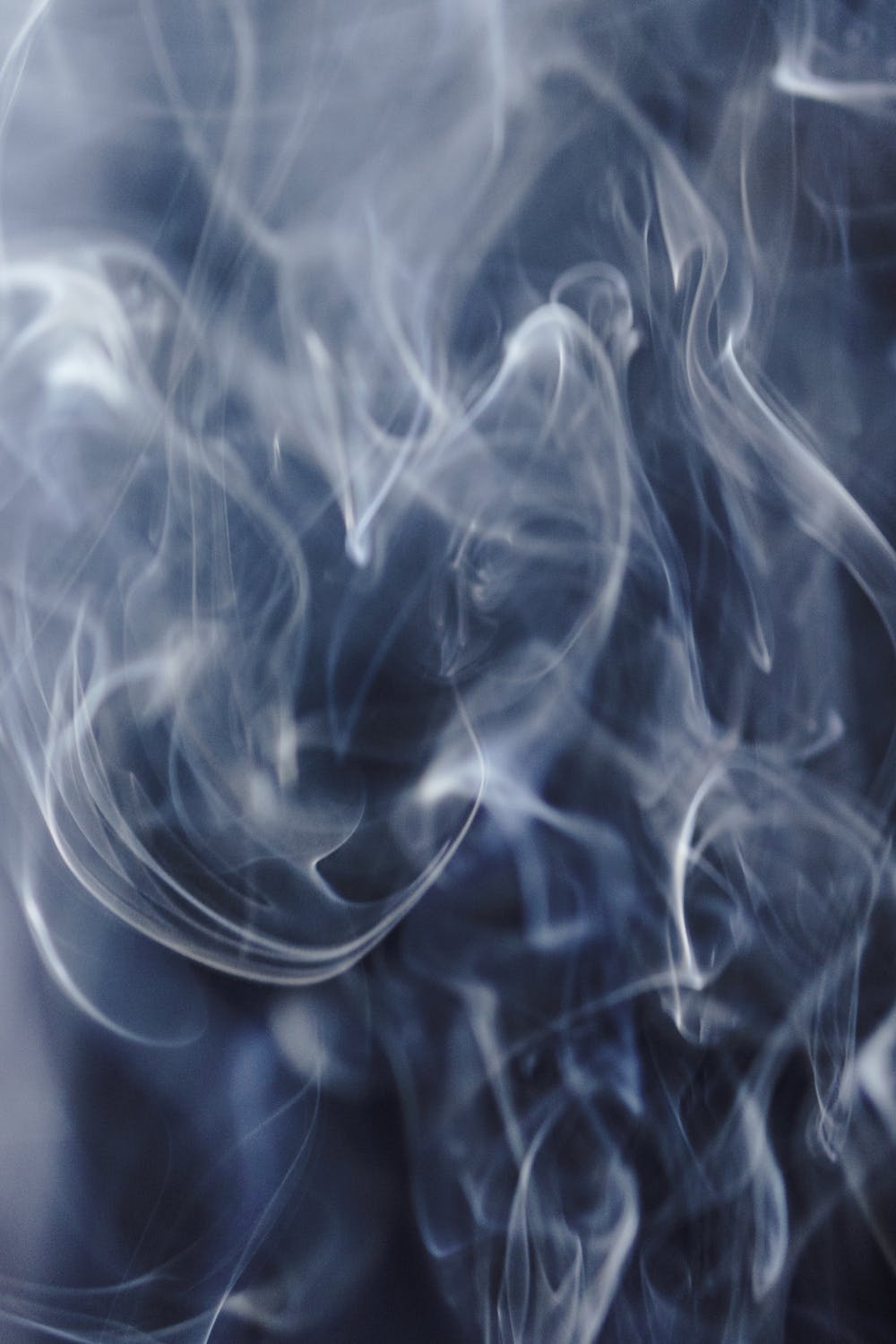Combined Laser Additive Melting and Vapor Deposition
Combined laser additive melting and vapor deposition for additive manufacturing that reduces post-processing
Metal additive manufacturing fuses layers of metal powder into a solid by laser heating. The part is sliced into z-sections, and built one z-layer at a time. After one layer of metal is melted into the part, another layer of powder is deposited on top of that layer, and the process is then repeated. Most parts will not print accurately unless “support material” is also printed. This support material provides mechanical support for overhanging features and reduces thermally-induced defects. The current support structure for metal laser fusion is made of solidified metal powder that is normally printed in a honeycomb pattern.
The support structure has higher thermal conductivity than the metal powder, so thermal stresses are reduced through the support thermal paths. Structures, especially those with overhangs, can warp due to the thermal stress if printed without this support. The downside of the support structure is the expense and labor involved in removing the support structure after printing. Furthermore, the additional cost of the support materials is non-trivial. Polymer fused-deposition modeling printers, like Stratsys Mojo, also require support material for similar reasons to metal printers. Polymer printers have solved support material problem by employing a dissolvable polymer that can be easily removed in a solvent bath. Unfortunately, metal 3D printing does not lend itself to a dissolvable solution due to the high temperatures required to melt materials. This invention relates to a method of easily removable support.
 https://www.pexels.com/photo/abstract-backdrop-of-dynamic-smoke-creating-waves-in-air-5984623/
https://www.pexels.com/photo/abstract-backdrop-of-dynamic-smoke-creating-waves-in-air-5984623/
- Allows metal printing with less post-processing (support structure removal).
- Allows CVD growth of graphene and nitriding to make metal matrix-composites additively.
Patent Information:
| App Type |
Country |
Serial No. |
Patent No. |
Patent Status |
File Date |
Issued Date |
Expire Date |
|